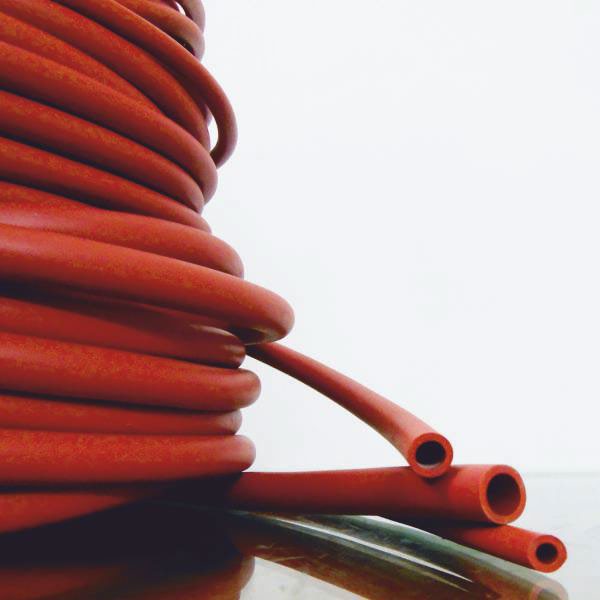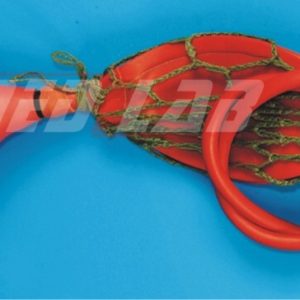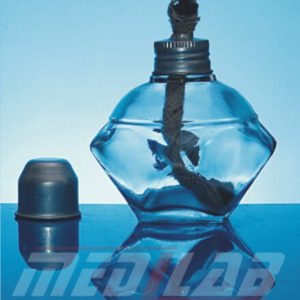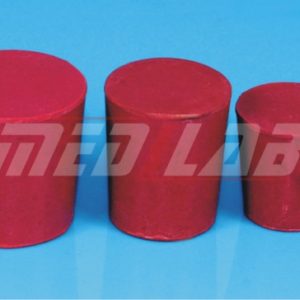Description
| Catalogue No. | Inner Diameter | Wall Thickness | Outer Diameter |
| (ID in MM) | (W in MM) | (OD in MM) | |
| 19805/1 | 3 | 5 | 13 |
| 19805/2 | 5 | 5 | 15 |
| 19805/3 | 6 | 5 | 16 |
| 19805/4 | 8 | 5 | 18 |
| 19805/5 | 9 | 5 | 19 |
| 19805/6 | 10 | 6 | 22 |
| 19805/7 | 12 | 6 | 24 |
MEDILAB High-Pressure Tubing is manufactured from premium natural rubber designed for reliable fluid and gas transfer in laboratory, industrial, and pharmaceutical environments. It offers excellent flexibility, stable pressure handling, and resistance to mild acids and alkalis, making it a dependable choice for routine and demanding applications. Ideal for research labs, production units, and educational institutes requiring durable and safe tubing solutions.
Key Features
- High-elasticity natural rubber for smooth and consistent flow
- Excellent resistance to light acids, light alkalis, and general lab chemicals
- Stable performance under varying pressure conditions
- Non-kinking, flexible design for easy installation and routing
- Uniform wall thickness ensures precise and safe transfer
- Wide operating temperature range: –20°C to +70°C
- Durable, long-life construction suitable for repetitive lab or industrial use
Material Specifications
- Material: 100% Natural Rubber
- Chemical Resistance: Suitable for light acids, light alkalis, and standard laboratory solutions
- Mechanical Properties: Shore Hardness: 50–55A, High tensile strength and elasticity
- Thermal Properties: Working Temperature: –20°C to +70°C
- Standards: Manufactured under general laboratory quality guidelines; compatible with common international labware standards (ISO class compatibility varies by application)
Technical Specifications
- Tolerance: ±0.2 mm
- Available Lengths: Standard coils/cut lengths (as per the standard size table)
- Inner & Outer Diameters: Available in multiple size options for different lab setups
- Pressure Handling: Suitable for general laboratory high-pressure transfer (non-hazardous fluids)
- Color: Natural red/orange tone
Handling & Precautions
- Use within recommended chemical and temperature limits
- Do not expose to concentrated acids, solvents, or extreme temperatures
- Clean with mild detergent and water; avoid abrasive cleaners
- Not recommended for autoclaving above the rated temperature range
- Store in a cool, dry area away from direct sunlight to maintain elasticity
- Inspect regularly for surface cracks or aging before use
Applications
- General laboratory fluid and gas transfer
- Pharmaceutical and biotech processing lines
- Chemical handling in QC/QA departments
- Research and academic laboratory setups
- Industrial equipment requiring flexible, high-pressure tubing
- Educational labs for demonstrations, apparatus connections, and routine experimentation







